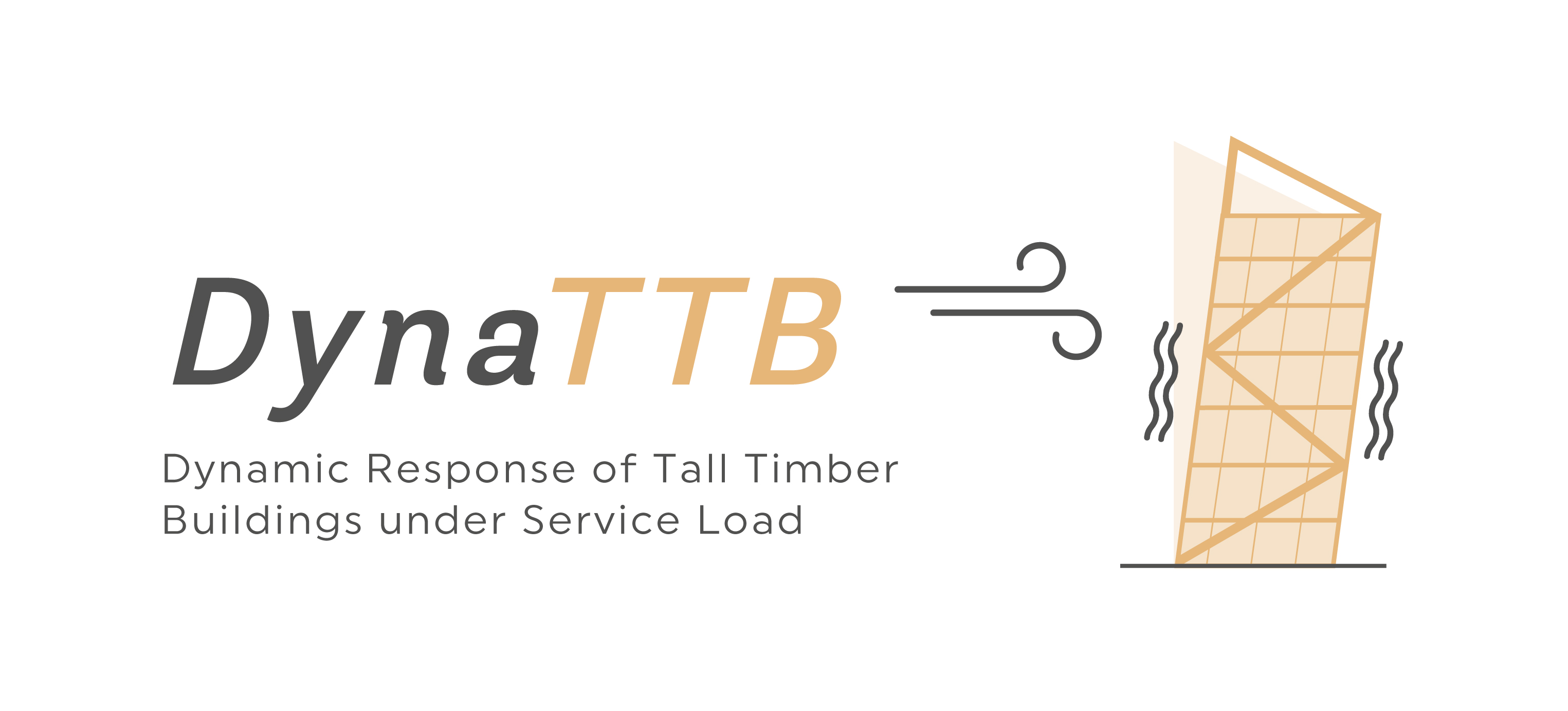Content
Alcohol Alcohol use disorder affects millions of people in the United States. Learn more about the risks and how to get help.Drugs If you or a loved one is struggling with drug abuse, you’re not alone. Learn more about the most commonly misused drugs.Addiction Treatment Going to a rehabilitation program greatly increases your chance of long-term recovery. Learn more about your options.Addiction Resources If you have more questions about addiction, we’ve gathered resources to help you and your loved ones. Living in a halfway house benefits many people recovering from an alcohol or drug addiction. Many people struggle to adjust to living with others and meeting certain obligations.
This removes temptation and helps people in recovery see that it is possible to enjoy life without these substances. After several months, you may be required to move out whether you feel ready or not. A halfway house is a living facility where people go as a part of their drug rehab aftercare. Sober living homes and drug rehabs are for two different phases of recovery.
Sober Living Homes for Extended Stays: What They Are and How They Can Help
Family can be the most supportive people to be around, but they may also be the least supportive. It depends on what terms you left them on, if substance abuse runs in the family, or if violence or physical abuse is prevalent in the home, among myriad other factors. Having a stable living environment after rehabilitation may help reduce the chance of relapse. Creating that environment extends far beyond just renting or buying real estate though.
- Although halfway houses and sober living homes support sobriety, you may encounter individuals who bring contraband to the premises, such as drugs, alcohol, or other illegal items.
- A halfway house, also referred to as a sober living home, is a transitional living facility for those recovering from substance abuse.
- Sober living homes may accept residents who are new to the rehab process, but most applicants have gone through a program before applying.
- You will also learn the tools and resources you need to take full advantage of your sobriety and everything that comes with it.
- People do not typically entersober livingwhile they are going through a rehabilitation program.
Returning to regular life after rehab is a difficult transition for many. A halfway house is a good option if you no longer need medical supervision, but a return to normal life is too overwhelming.
Returning Home or Living With Family
Realtor Brian Wall says this kind of money is attracting people to the sober home business. Cristofer Justin — the owner of the six houses in San Diego who wants to be of “service” — finds recovering addicts at local churches, probation and parole offices, and through ads on Craigslist. A bed in San Fernando Valley costs as much as $500 a month, and when the house is full, the owner can net over $10,000 a month. Wall says this kind of money is attracting people to the sober home business. Sober living staff may help connect residents with services such as educational and career training. A halfway house may host a specific population, such as survivors of intimate partner violence or people who have previously been homeless. Your home environment might be a detriment to your recovery, such as if you live with family members who misuse alcohol.

The daily schedule at sober living homes is heavily influenced by the residents’ current stage of recovery. Some homes are highly structured, with strict schedules and consistent eating and meeting times. Other https://ecosoberhouse.com/ homes have more free time, and residents are more independent. There is no in-house treatment or requirement to attend a specific recovery program, but 12-step participation is popular in Oxford Houses.
How Much Do Halfway Houses Cost?
Halfway houses, in particular, may be looked over by those on the road to recovery. But since these are drug-free environments with other people in the same situation, halfway houses may be the perfect next step for those on their way to sobriety. To join a sober living sober house vs rehab house, residents must pay their own rent, which could range anywhere from $500 to $5,000 per month, depending on the location and whether certain houses include meals and other services. Residents may not have to pay for utilities at all, making housing very affordable.
- Weekly house meetings are a standard component, where chores and overall house functioning is processed within the community.
- Our mission is to foster long-term sobriety by creating a supportive environment where house members participate in each other’s recovery.
- The brotherhood between house members empowers everyone to walk through tribulations with much-needed support, and to meet our high standards.
- The daily schedule at sober living homes is heavily influenced by the residents’ current stage of recovery.
- Sober living houses are alcohol and drug-free environments where residents can establish or maintain their sobriety.
At a sober living home, there are typicallyfewer than 10 residents. While group meetings, such as 12-Step meetings, may take place in the common space, residents do not receive treatment on the premises. At a certain point in your sobriety, it’ll be time to look for a permanent residence. If you own a home, you may consider selling and completely starting over. This could be especially wise if you need to live in recovery housing for a long period of time, or if your home environment becomes triggering. Inpatient rehab is inevitably going to be more costly than outpatient due to the cost of housing, food, and other living expenses. The 2010 Affordable Care Act, however, can assist those struggling to afford treatment services.
Sober Living Home & Oxford House Rules
In a halfway house, the living arrangements vary widely depending on the house type. In this setup, you share a single living space with multiple individuals, with bunk-bedding or multiple beds set up in a single room. Alternately, some halfway houses have smaller rooms that you share with roommates. While sober living homes are made to be affordable for those with addiction disorders, they need to charge a certain level of rent to run the facility properly. They may be owned by non-profits, for-profit medical organizations, or even federal governments. This type of residence is ideal for people in the early stages of recovery who need to be in a scheduled, strict, and comfortable environment before moving forward on their own. Activities for residents may include chores or house meetings, and there is typically a curfew and/or strict rules to follow.
- By entering sober living in Pennsylvania, the recovering addict will have a safe place to focus on sobriety.
- Most residents of recovery houses have completed a treatment program, but not necessarily.
- Recovery programs filled the gap by initiating abstinence and including detoxification.
- The second business model of sober living homes involves private, for-profit ownership.
The average sober living home is not likely to have many amenities, and the person renting a room there must provide their own groceries, medications, and income. These are important steps because routine and personal growth will help the person take their mind off substance abuse, which in turn helps to prevent relapse. Have you or a loved one completed a substance abuse treatment program or detox? Even people who are highly motivated and committed to staying sober often struggle in early sobriety if they don’t have the right support. As a chronic disease, addiction can be difficult to treat, but it’s certainly not hopeless. Sober living homes and peer recovery support services are excellent and effective weapons against relapse and they can help people sustain long-term sobriety, despite the challenges.
However, most individuals living in a sober living home pay out of pocket and are employed while living in the home to support the cost of the rent. Meeting attendance—If house meetings are held, you may be required to attend. Many halfway houses also encourage or require attendance at 12-step meetings. No sober living facility is the same, so it’s important to do your research and decide on the best fit for you or a loved one before you can determine the cost. If you’re interested in learning the cost of a facility in your area, take a look at local homes and give them a call — they may be in your price range, offer financial aid, or have a sliding scale.
Most residents at sober living homes have a private or semiprivate room. The homes usually include a kitchen, common areas and laundry accommodations.
In response, policymakers have attempted to create laws allowing states to regulate sober living homes. Residents may first move into homes with high levels of support and then transition to homes with lower levels of support. A 2006 study published in the American Journal of Public Health found that most Oxford House residents stayed more than a year, but some residents stayed more than three years. Establishing a sober lifestyle is difficult during the early stages of recovery. You need somewhere safe you can go after treatment, a place where you’ll be free of triggers and surrounded by social support. We’ll be able to tell you if your provider is in network with Recovery First Treatment Center and all American Addiction Centers locations.
Recovery Residence vs. Halfway House: What You Need to Know
One phone call is all it takes to start your recovery from drug & alcohol dependency. We believe that our sober living community should be a supportive sanctuary. We provide our guests with a bright, modern and peaceful environment. From luxury linens to the state of the art entertainment, we leave no detail unaddressed. In this article, you’ll learn about the different recovery housing and sober living options available in Arizona. Little Creek Recovery offers a sober house our residents can transition into after they complete treatment.
